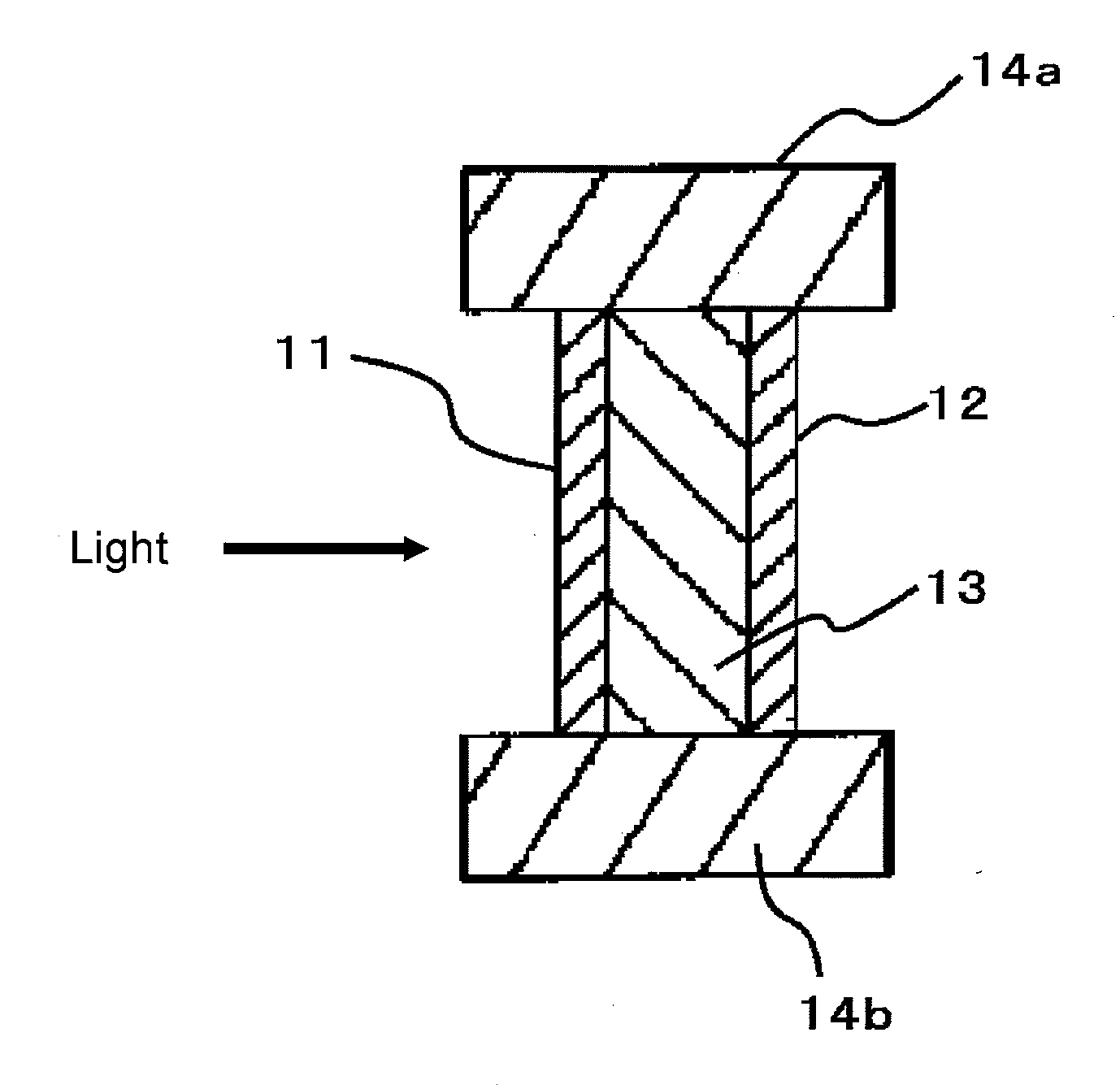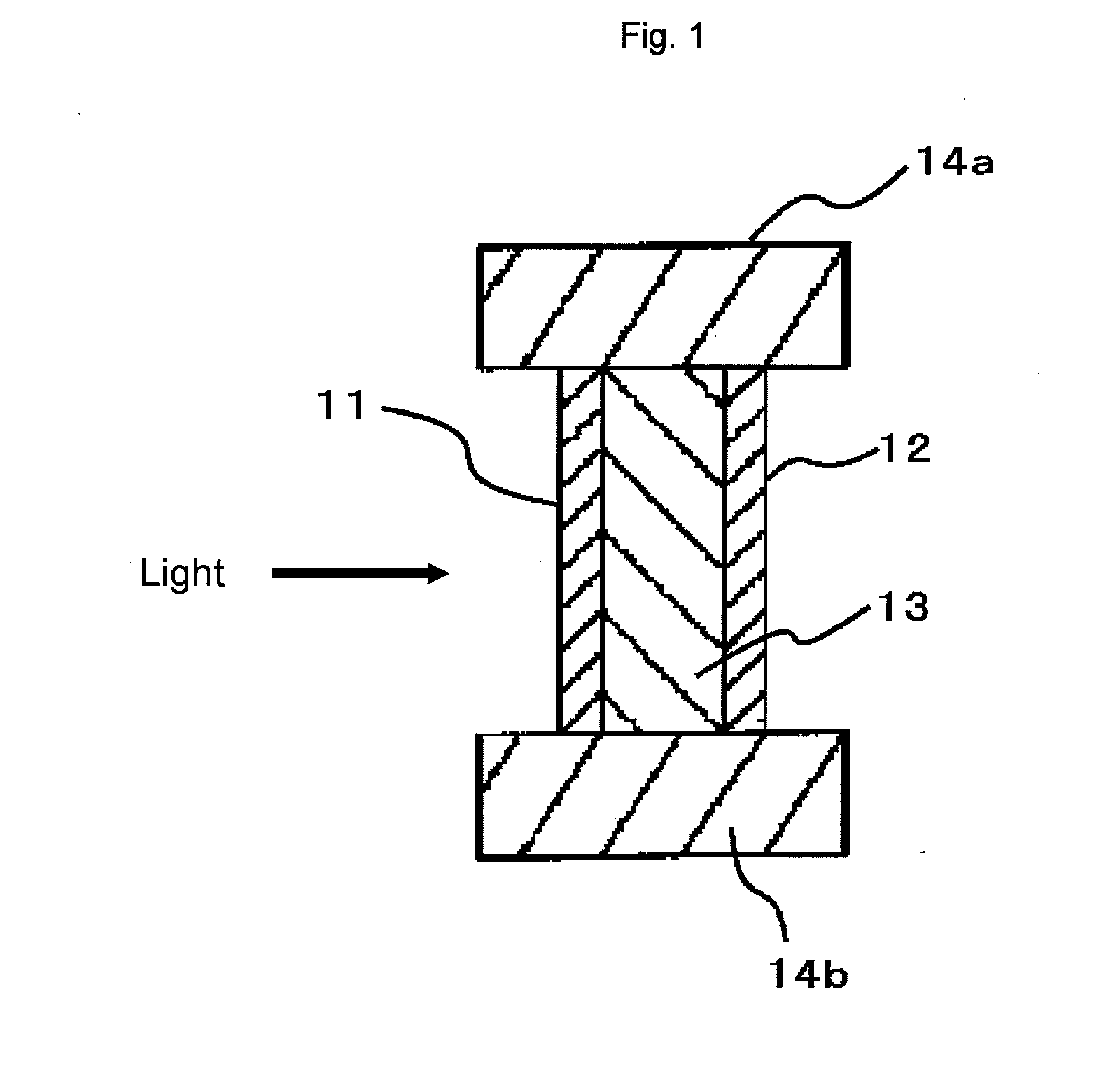Polarizing glass containing copper and optical isolator
a technology of optical isolators and polarizing glass, which is applied in the direction of polarizing elements, physical/chemical process catalysts, instruments, etc., can solve the problems of reducing the thickness of the polarizer is not less than the effective beam diameter, and the miniaturization of the polarizer is difficult, etc., to achieve the effect of improving weatherability, high reliability and improving weatherability
- Summary
- Abstract
- Description
- Claims
- Application Information
AI Technical Summary
Benefits of technology
Problems solved by technology
Method used
Image
Examples
example 1
[0054]A glass batch having the composition shown in Table 1 as sample (1) was prepared from SiO2, H3BO3, Al(OH)3, Na2CO3, NaCl, AlF3, CuCl, SnO, etc, and is heated to 1450° C. (to melt) in a platinum crucible (5 liters). The melted glass was poured into a cast-iron mold to form a glass and was cooled gradually to room temperature. The resulting glass was heated at 800° C. for 3 hrs to deposit CuCl particles of a size of about 100 nm in diameter in the glass. This glass did not exhibit photochromic properties. The softening point of the glass was 687° C. as measured by the parallel plate method (employing a glass parallel plate compression viscometer made by Opto Corp.). The glass disk was cut to obtain a plate (3.5×80×300 mm). The plate was heated to 650° C., at which temperature the glass exhibits a viscosity of about 1×108 poise, and was stretched at the rate of 400 mm / min under a load of 25.0 MPa. As a result, the CuCl particles are elongated into a shape of about 40×600 nm (aspe...
examples 2-14
[0060]Polarizing glasses having the compositions shown in Table 1 as sample Nos. 2-14 were prepared in accordance with the same procedures as those of Example 1. The extinction ratio and insertion loss and weatherability were tested. The results are shown in Table 1. Softening temperatures are also shown in Table 1.
example 15
[0063]In accordance with the procedures of Example 1, a glass containing CuCl particles was prepared, was elongated and was polished to form a glass plate having a thickness of 0.1 mm followed by a reduction treatment whereby a polarizing glass of the present invention was obtained. FIG. 1 shows an isolator of the present invention comprising the resulting polarizers 11 and 12, Faraday rotating garnet membrane 13 prepared by the liquid phase epitaxial method, commercially available from Tokin CO. LTD. in Japan and Sm—Co magnets 14a and 14b were assembled. The thickness of the polarizers 11 and 12 was 0.1 mm and that of Faraday rotating garnet membrane 13 was about 0.4 mm. They were adhered with an adhesive. The extinction ratio of the isolator for light having a wavelength of 1.3 micrometers was 30 dB.
PUM
| Property | Measurement | Unit |
|---|---|---|
| Length | aaaaa | aaaaa |
| Length | aaaaa | aaaaa |
| Fraction | aaaaa | aaaaa |
Abstract
Description
Claims
Application Information
 Login to View More
Login to View More - R&D
- Intellectual Property
- Life Sciences
- Materials
- Tech Scout
- Unparalleled Data Quality
- Higher Quality Content
- 60% Fewer Hallucinations
Browse by: Latest US Patents, China's latest patents, Technical Efficacy Thesaurus, Application Domain, Technology Topic, Popular Technical Reports.
© 2025 PatSnap. All rights reserved.Legal|Privacy policy|Modern Slavery Act Transparency Statement|Sitemap|About US| Contact US: help@patsnap.com


